Cilento, what to see: 10 places not to be missed
Cilento: between nature reserves, archaeological sites among the most important in Italy and postcard-perfect landscapes. Cilento is an almost obligatory stop for anyone planning a trip to Campania. This strip of land in the province of Salerno encloses, between the Alburni Mountains and the Tyrrhenian Sea, architectural jewels and artistic treasures, but above all a millenary civilization that has managed to shape these places into something unique. The Cilento region with its National Park is part of the UNESCO World Heritage Site and every year attracts many visitors who can find here much more than evocative views to be immortalized in selfies and photographs, but can touch with their own hands all the bursting beauty of an unspoiled nature, can walk among temples and ancient ruins and, last but not least, can enjoy the unique welcome of the inhabitants of these enchanted places. Here are 10 must-see stops on your trip to Cilento.
1. The Archaeological Park of Paestum
The Archaeological Park of Paestum preserves three Greek temples built between the 6th and 5th centuries BC that are, along with those of Athens and Agrigento, among the best preserved in the world. With their majestic grandeur these incredible structures have for centuries attracted scholars, artists and travelers from every corner of the globe. Their construction began shortly after the founding of the city of Paestum, of which it is still possible to visit the ancient center with not only the temples, but also the Greek agora, the Roman forum, the basilica, the amphitheater and much more. Also not to be missed is a visit to the museum, which houses a great deal of material unearthed in the many excavations throughout the area.
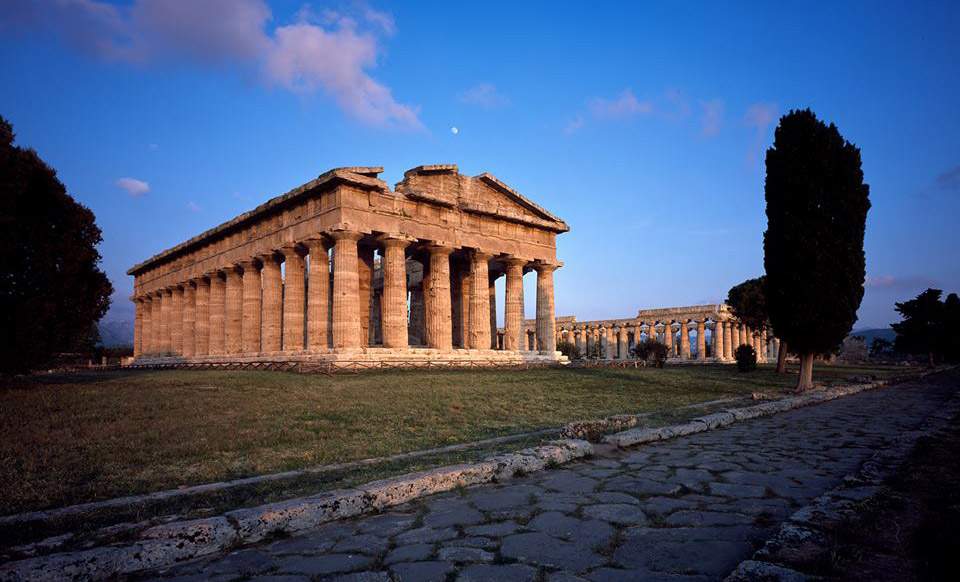
2. Palinuro
Crystal clear water, a rich history and then a relaxed atmosphere that promises to make your visit to Palinuro unforgettable. This seaside village is located in the heart of the national park and is one of the most popular destinations for travelers. Palinuro, on the other hand, is the ideal place for anyone looking for some relaxation cradled by the waves, but that’s not all, throughout the area there are many popular destinations for excursion lovers. These definitely include the beautiful caves, but also the paths that wind through the area of Punta Lacco. Absolutely suggestive is also the small village, very lively in the evening thanks to its many clubs, which hides characteristic glimpses among squares, alleys and monuments.
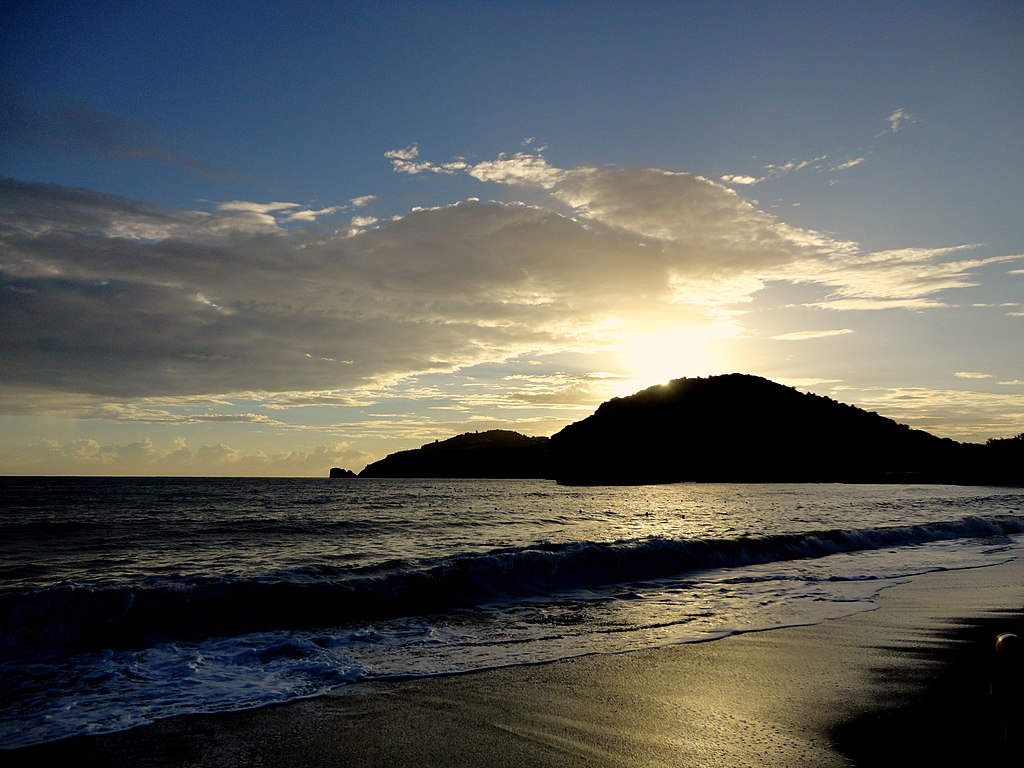
3. Castellabbate
Made famous to the general public by Luca Miniero’s 2010 film Benevenuti al Sud (Welcome to the South), Castellabbate is one of the jewels of the Cilento region and, not coincidentally, part of the “most beautiful villages in Italy.” This town perched 300 meters above the hills of Cilento is famous for its narrow cobblestone streets, ancient palaces, elegant courtyards and terraces from which you can enjoy extraordinary views of the Tyrrhenian Sea, so much so that it is also remembered for the famous phrase of Joachim Murat who, in front of so much splendor, from the belvedere of San Constabile sentenced “Here you will not die.” There are so many things to see in Castellabbate, in addition to the beautiful beaches, including the castle first of all, but also the pontifical basilica of Santa Maria de Gulia and then again the small port “delle gatte” and the nineteenth-century villa Matarazzo.
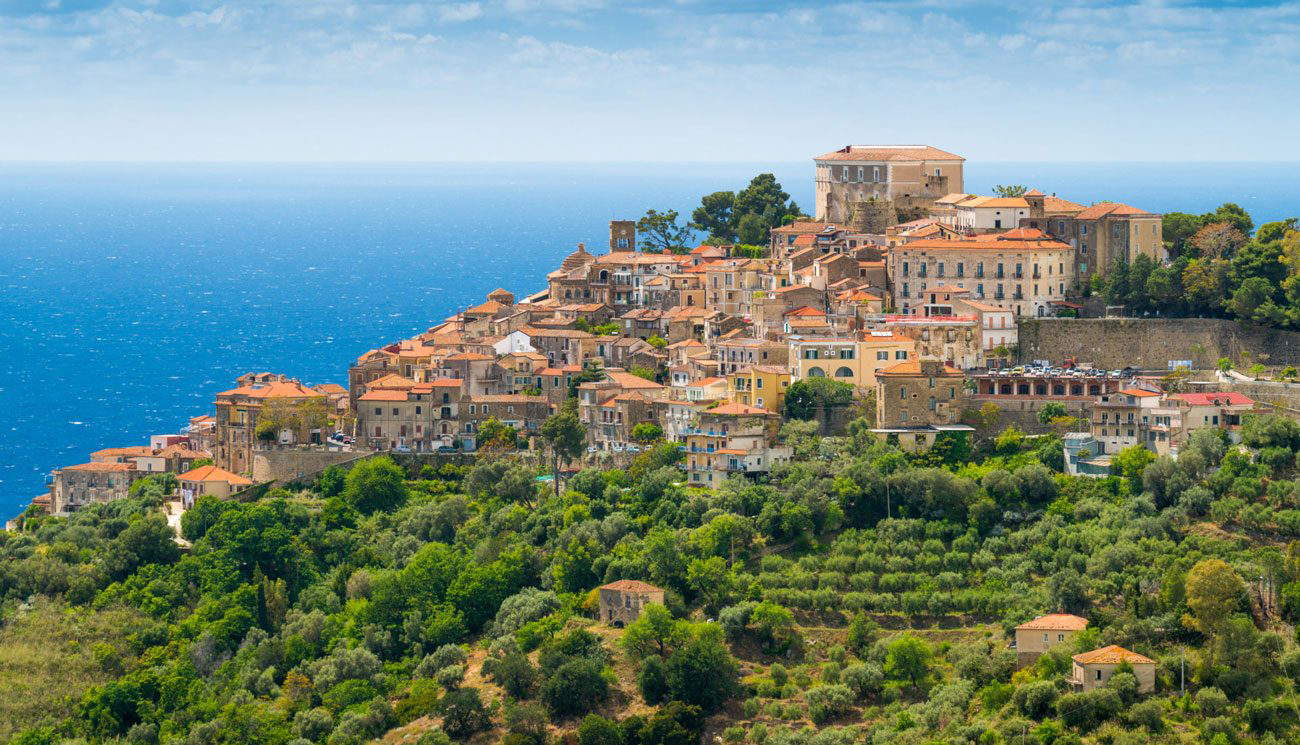
4. The Castle of Rocca Cilento
On the top of Mount Sella, from where one’s gaze dominates the entire coastal arc of Cilento, from Cape Palinuro to Punta Campanella stands the castle of Rocca Cilento whose origins date back as far as the ninth century and since then has always been at the center of the cultural life of the entire area. Over the centuries the various lords who have stayed within these mighty walls have each left their own signature, and even today traces are clearly visible that have changed and modified the appearance of what is one of the symbols of the area. Perfectly restored, today the castle is a renowned accommodation for events, ceremonies and conferences.
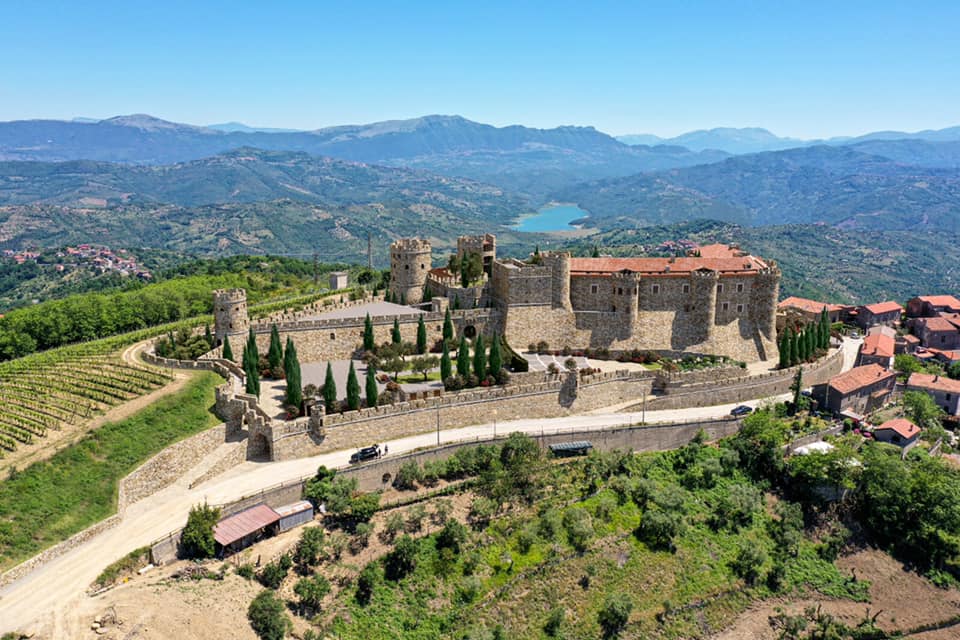
5. The Charterhouse of Padula
The Carthusian Monastery ofPadula, or San Lorenzo, is located in the valley of Diana and was, in 1306, the first Carthusian monastery to be built in Campania. This monumental religious complex covers an area of more than 50,000 square meters divided over three cloisters, a courtyard and a church that are all distinguished by a distinctly Baroque taste. To walk through these austere spaces is to walk hand in hand with history and to come across architectural marvels such as The elliptical double-ramp staircase, which unites the two levels of the great cloisters a structure of almost 15 thousand square meters and one of the largest in Europe. Also very impressive is the library with its tiled floor and frescoed ceilings as well as the church decorated with 18th-century stucco.
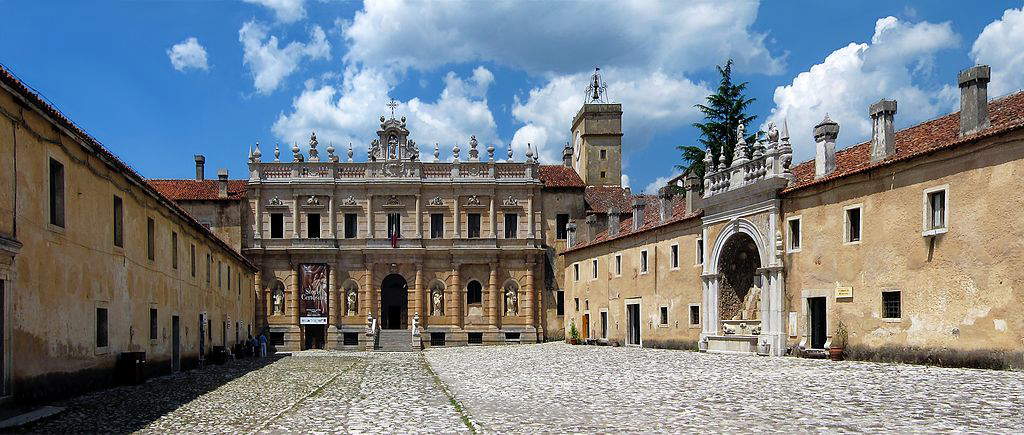
6. Roscigno
In the heart of the Alburni Mountains, Roscigno retains a special charm that tells of the history and traditions of the civilization that for centuries lived in this paradise surrounded by greenery. The historic center, now uninhabited due to continuous landslides that, starting in the 16th century, forced the inhabitants to move the location of the hamlet several times, is an open-air museum, crystallized to the time when daily life stopped at the last century, when the customs of peasant traditions dictated the rhythms of life. This village where modernity never seems to have arrived is not by chance listed as a UNESCO World Heritage Site, but has also often been used by artists and directors to shoot films and video clips.
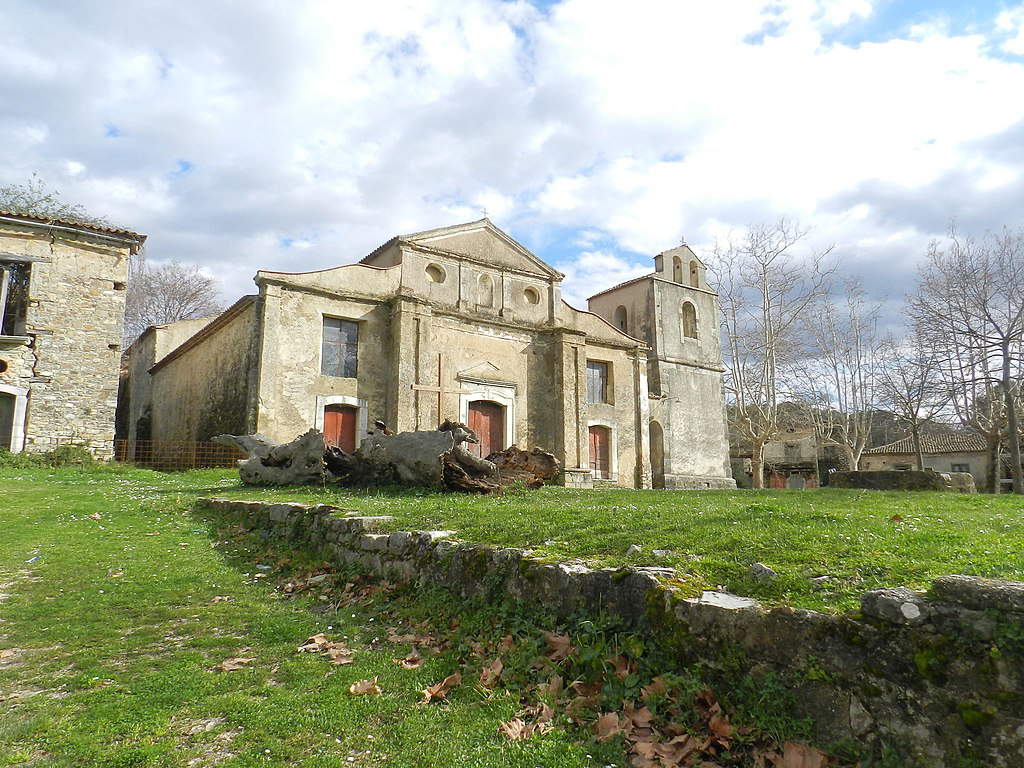
7. The waterfall of Venus’ hair
In the natural oasis of Casaletto spartano lies one of the most immortalized places in all of Cilento. In the southern area of the national park a tributary of the Bussento River, the Bussentino gives birth to a spectacle one of its kind. The water flows over a large maidenhair plant, a very bright green fern that lives attached to the rock, creating a truly striking play. The waterfall has also created natural pools where you can bathe in the crystal clear water and enjoy the whole spectacle offered by nature.
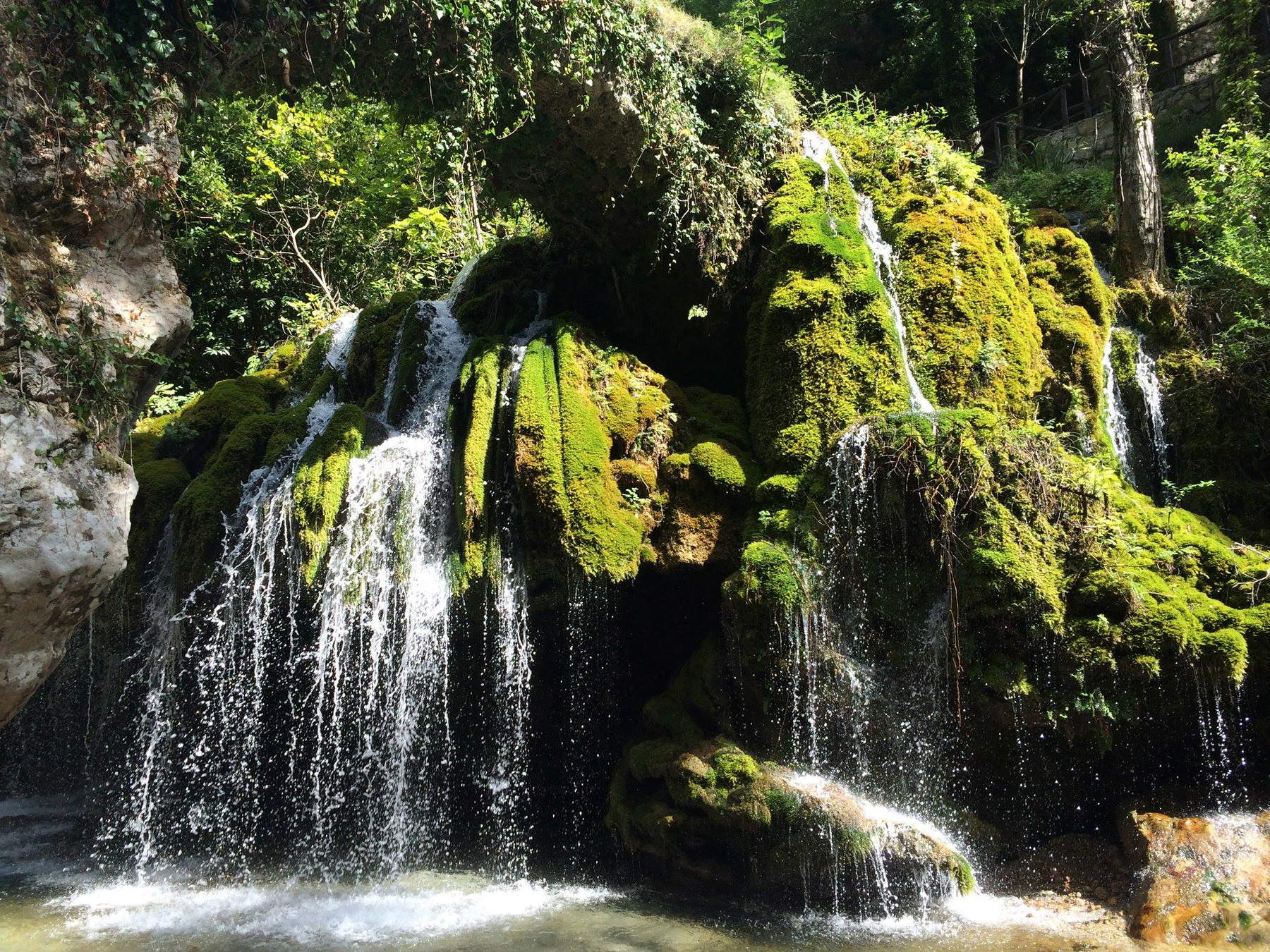
8. The Archaeological Civic Museum of Roccagloriosa.
This little gem is located in the town hall of Roccagloriosa and houses a very interesting collection of Lucanian archaeological finds dating back to the 4th and 3rd centuries BC. These are objects found in the territory of Roccagloriosa within the very ancient central complex and monumental necropolis. The earliest evidence of settlements in this area, moreover, dates back as early as the 2nd millennium B.C., but a real development of this area took place only in the Lucanian age, between the 4th and 3rd centuries B.C., when, among other things, the mighty limestone walls surrounding the plateau were erected.
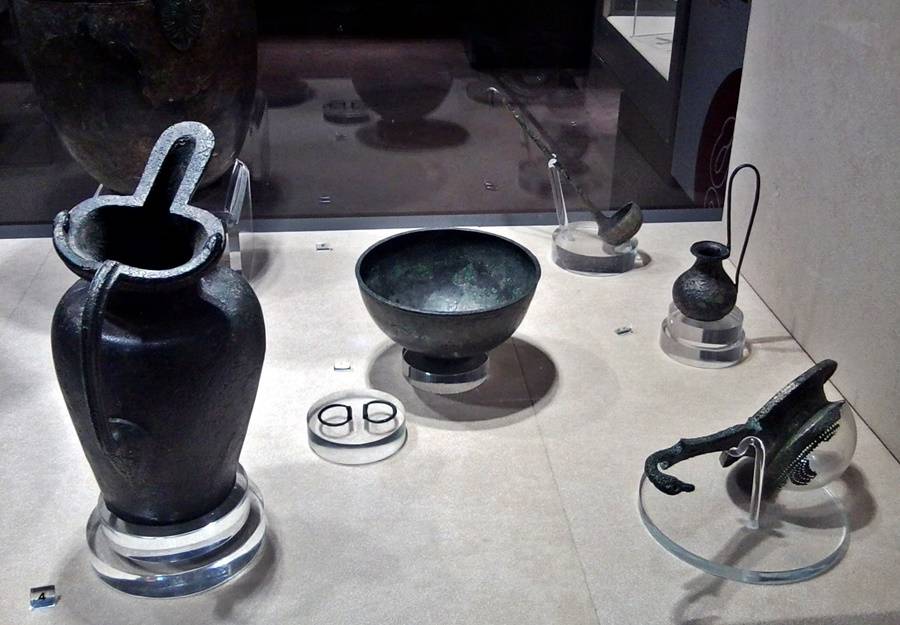
9. The Diocesan Museum of Teggiano
San Pietro, Lapidario Dianese and the Museum of Policastro Bussettino, these are the three locations that house the Diocesan Museum of Teggiano, which bring together precious evidence of the history of these places suspended in time. In the original location, that of St. Peter’s, an ancient Roman temple transformed into a parish church and later becoming a diocesan exhibition center, one can discover the history of Teggiano thanks to liturgical furnishings and fittings, but also paintings, sculptures and ancient fragments, tell the classic, medieval and modern history of the village. In the lapidary, on the other hand, capitals, coats of arms and arch keys from Roman times onward find their place, while sections devoted to sculpture on stone, wood and papier-mâché, painting and liturgical furnishings find their place in the Policastro Cathedral.
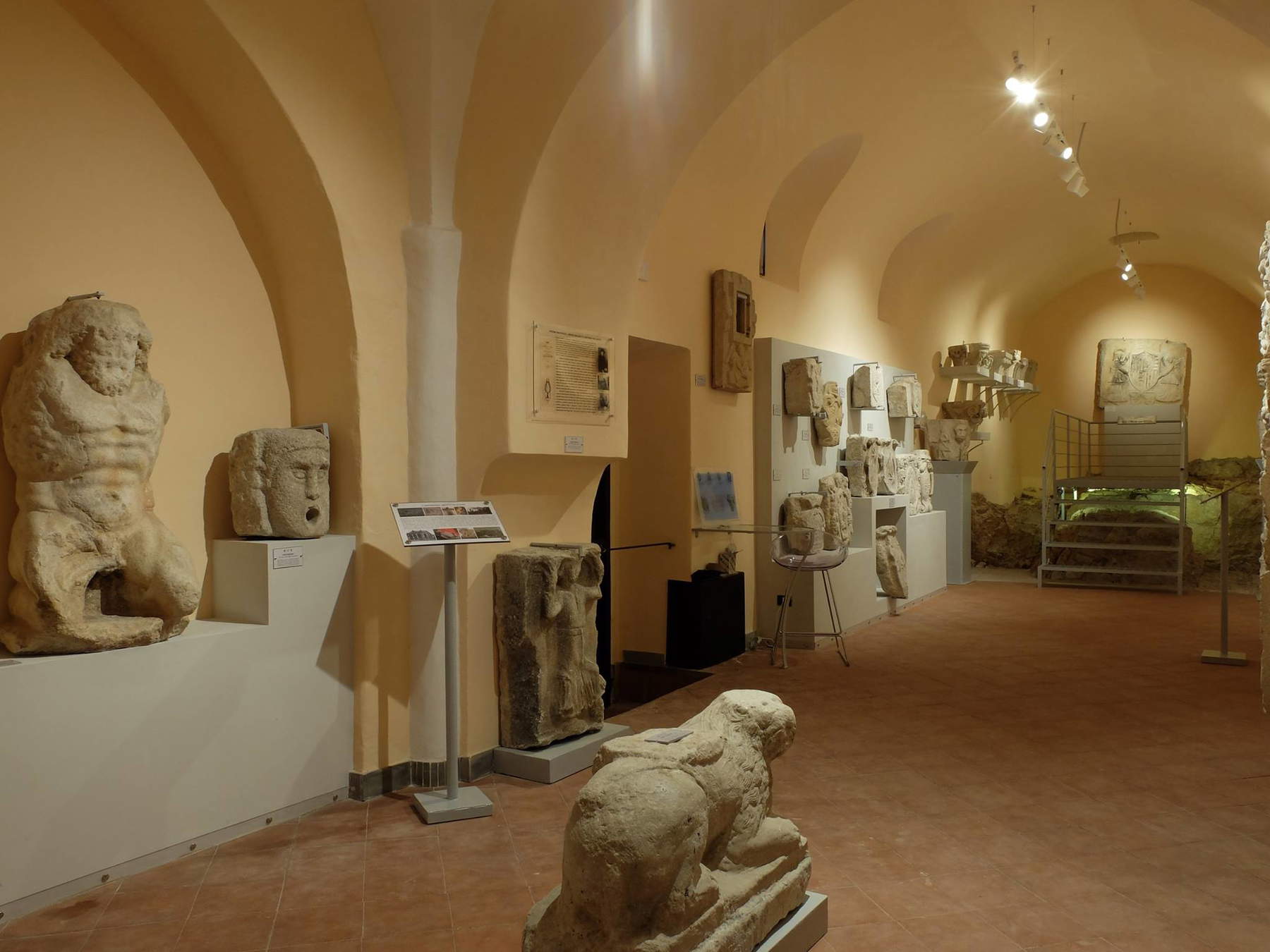
10. The Cilento, Vallo di Diano and Alburni National Park.
Sea, mountains, art, culture, history, all this is much more is the Cilento, Vallo di Diano and Alburni National Park. This large green area is the heart of the entire region and offers its visitors a well-rounded experience. In just a few kilometers you can go from the crystal clear waters of the Tyrrhenian Sea to the peaks of the Alburni Mountains, from sunny beaches to lonely trails, but that’s not all. So many are the characteristic villages and towns that dot its interior territory not to mention the archaeological areas beginning, of course, with that of Paestum with its iconic temples.
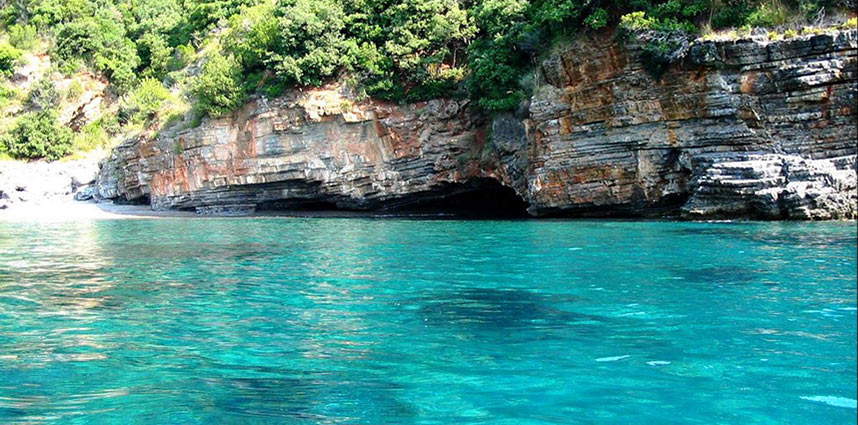
 |
| Cilento, what to see: 10 places not to be missed |
Warning: the translation into English of the original Italian article was created using automatic tools. We undertake to review all articles, but we do not guarantee the total absence of inaccuracies in the translation due to the program. You can find the original by clicking on the ITA button. If you find any mistake,please contact us.


























